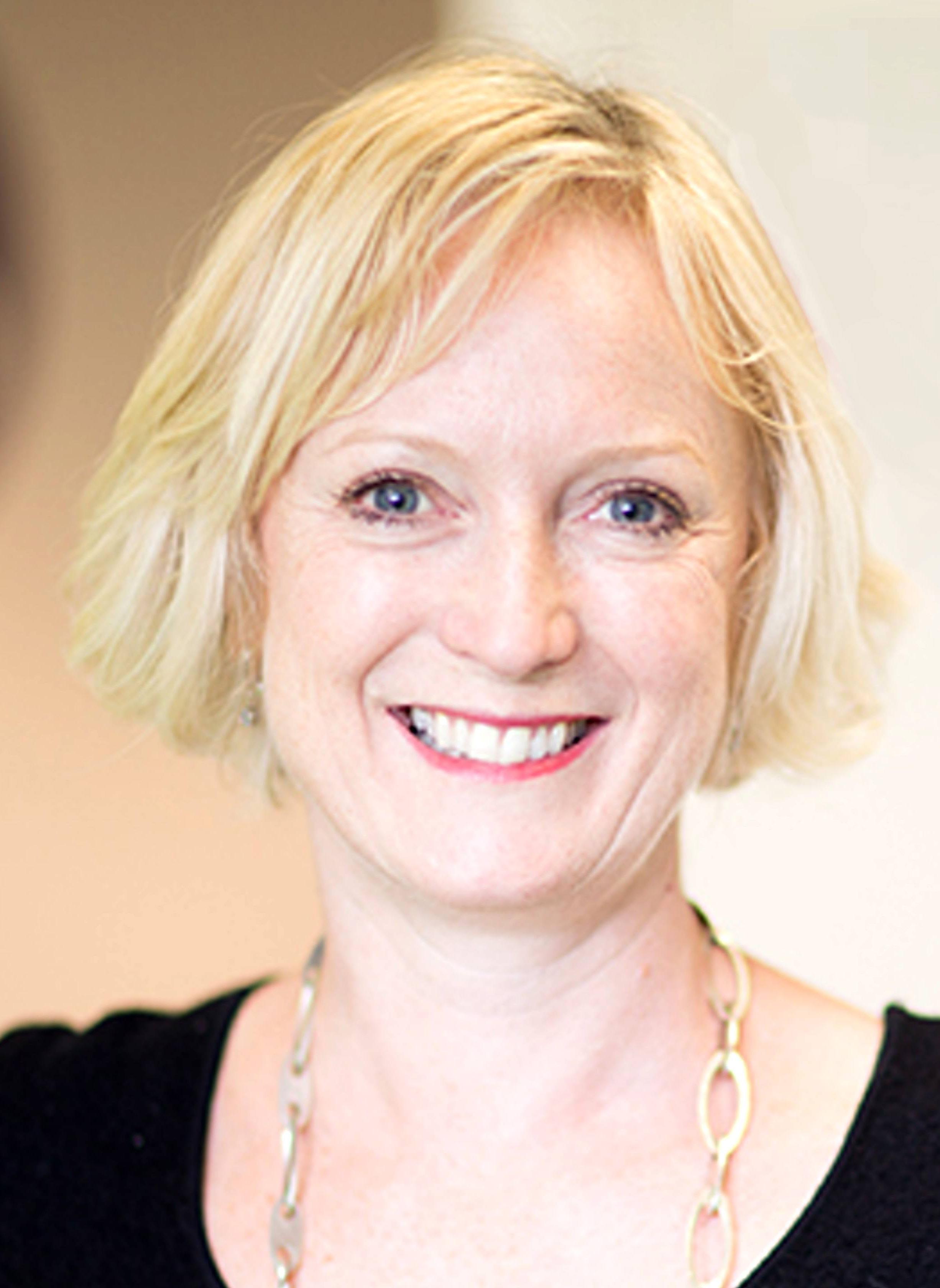
5 minute read
The challenges
The challenges faced by learning disability nurses fall into the following areas
Be careful of the learning disability label…
Advertisement
The diagnoses of ‘learning disability’ or ‘autism’ tell you very little about an individual person, especially in the clinical context. Practitioners need to respond to the individual and their needs, rather than have their judgement clouded by preconceived ideas about people with a learning disability and/ or autistic people. As there is a wide range of very different people who are labelled as having a learning disability, the amount of variation in both their needs and urgency are significant. Where the label can be helpful, is in alerting healthcare practitioners that they may need to use different ways of communicating, and that a person may have more difficulty understanding or retaining information than other patients may.
Understanding that reasonable adjustments must be individualised
Often reasonable adjustments are spoken of as if they can be lifted off the shelf and yet in practice they are bespoke to the individual. What is accessible for one person may be meaningless to another. The most significant reasonable adjustment that any practitioner can offer a person with a learning disability and/or an autistic person, is to make time to listen and find out what works for them.
Communication between teams and disciplines
Even among learning disability specialists, there can be a lack of understanding and communication in terms of people’s needs, continuity of care from one team to the next and a shared understanding of how people present differently than usual, in different circumstances. For example, a community learning disability nurse who supports a person to enjoy a healthy lifestyle, may see a very different picture to a nurse in an acute hospital, who only meets and provides care to a person when they are very unwell or in pain. Families, carers and other professionals in the person’s life will all have their own unique understanding of that person too.
Watering down the learning disability acute liaison nurse role
Some acute hospitals have no learning disability liaison nurses; whilst others may have a liaison nurse who operates in a more senior, strategic position and has limited direct interaction with patients. In some trusts, there may be a single liaison nurse who has wide ranging responsibilities for ensuring adherence to the Mental Capacity Act, including authorising deprivations of liberty; supporting people with mental health needs, as well as those with a learning disability; and also, leading on the trust’s safeguarding strategy. Sometimes nurses work across children’s and adults’ services in a single trust. Roles can become unwieldy or diluted, reducing the ability of liaison nurses to improve people’s experiences and outcomes. Acute liaison nurses told us that they value links in with other learning disability specialists, who can both challenge and support professional development.
Autism can be an afterthought...
Nurses respond to individual people's needs, whether they have a learning disability and autism, or are autistic with no learning disability. However, autistic individuals who have no learning disability can be left out of service specifications, and may thereby experience health inequalities. The needs of autistic people should be taken into account during service development, delivery and evaluation.
Although pathways, hospital passports and other initiatives have their place, there is no use putting them in place if they aren’t utilised properly. Pathways that are created need to reflect and be part of day-to-day practice for practitioners. Tools like hospital passports need to routinely and consistently recognised and used in order for people, families and practitioners to place their trust in them. In short pathways don’t ensure good practice on their own, and used poorly they can do more harm than good.
Flagging
Electronic flagging in patient record systems can be clunky, especially where trusts use more than one different system. Information about a person, such as what reasonable adjustments they need, should be clear across all systems. Having to exit one piece of software or database, to go and check another, makes it easy to miss information or to forget to check. If the system isn’t intuitive, busy practitioners won’t use it.
Using the skills of the learning disability nurse strategically
Diagnostic overshadowing, seeing the label and not the person; and lack of awareness or training, can mean that some universal health services shift all the responsibility for supporting people with a learning disability and/or autistic people, to learning disability nurses. This can mean that people don’t benefit from the expertise and experience of other clinical professionals, or are unable to access certain resources. The unique skills and experiences of learning disability nurses should be used to enrich other areas of practice and make mainstream services work for everyone.
The creativity of learning disability nurses being used to overcome shortfalls elsewhere
Some of the most creative examples that learning disability nurses told us about, concerned people who had previously experienced entrenched and recurrent difficulties accessing health care; and where a crisis had developed, where even providing basic health support posed a real challenge. Although the examples given showed great teamwork and ingenuity, these situations could often have been avoided if support with health had worked better, throughout the person’s life. This would free up the creative talents of learning disability nurses to support people to enjoy healthy lifestyles, rather than just responding to downfalls across wider support systems.
Relationship builders
Learning disability nurses can act as unofficial health advocates for people with a learning disability and/or autistic people, where they align themselves with the needs of the person, rather than services. We have heard many examples of learning disability nurses pulling together people and resources, to creatively meet the needs of the person. This part of their work must be valued and supported.
If the nurse goes, the practice goes...
Where learning disability nurses work alone or in very small teams, especially in liaison roles in universal services, good practice often relies on individual staff, rather than being systemically embedded across trusts. Many learning disability nurses we spoke to, weren’t managed by another learning disability nurse, and expressed a need to build a community of practitioners to discuss, debrief and problem-solve together.



